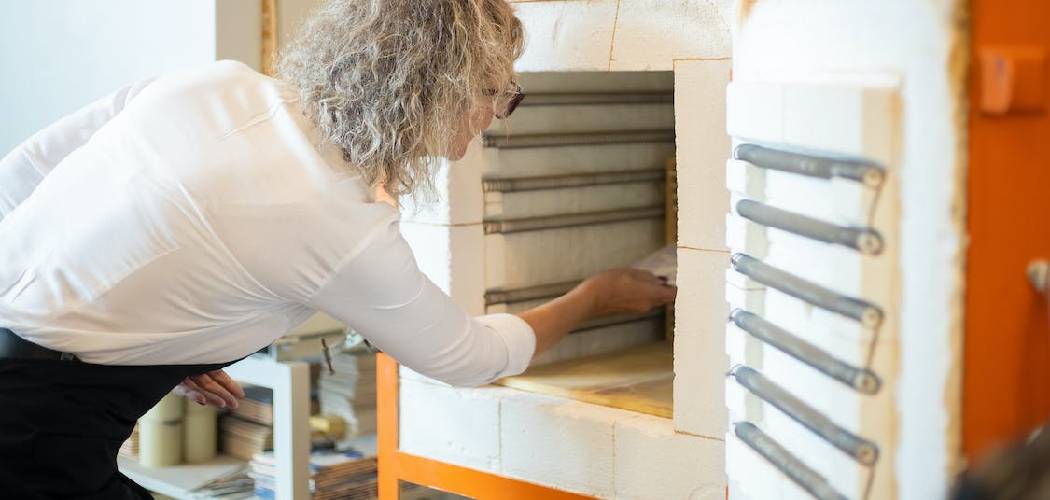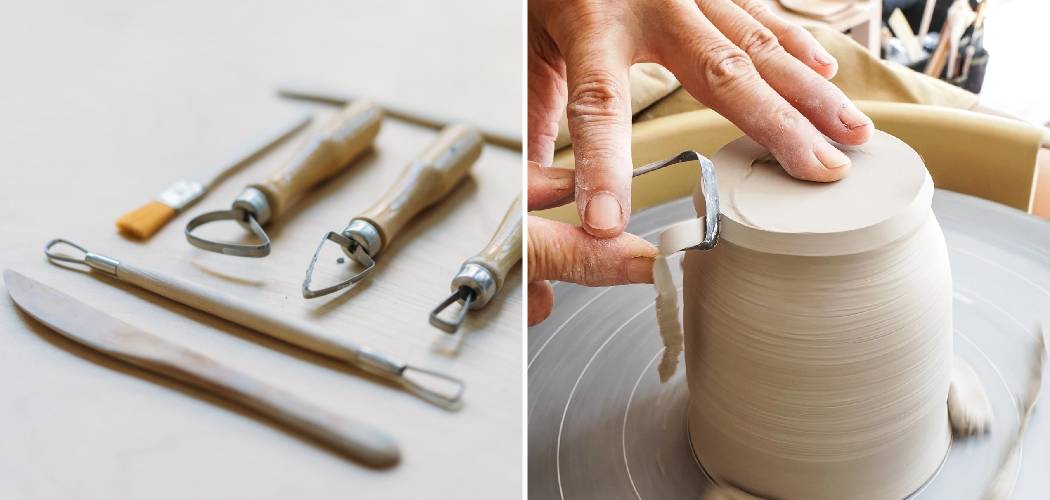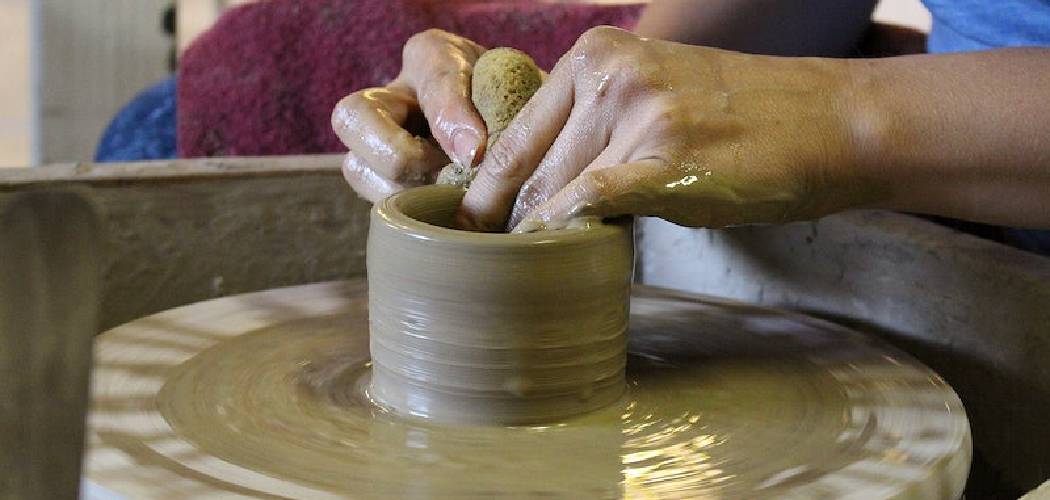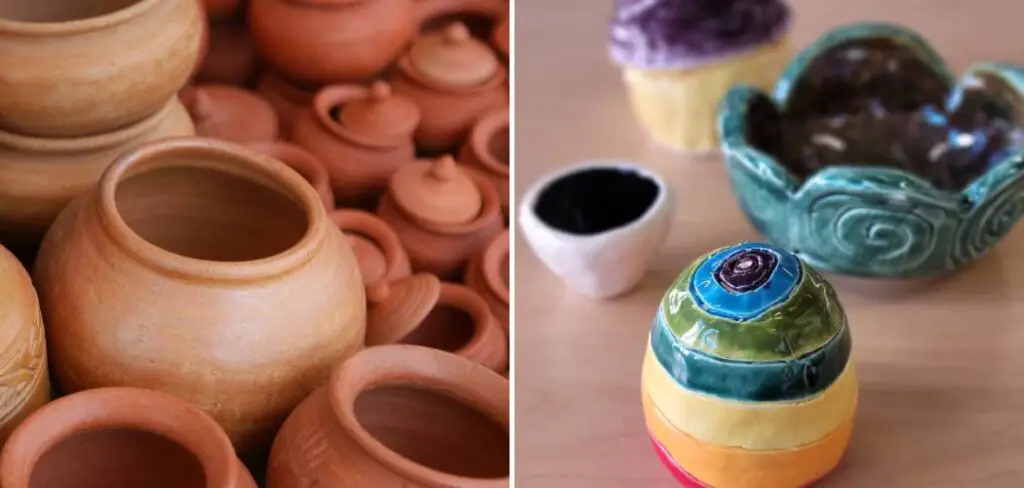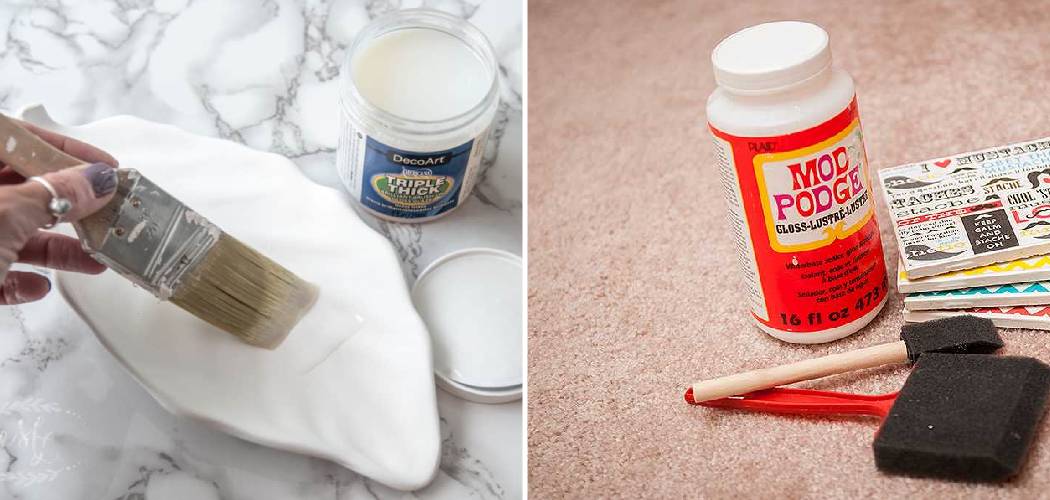Preventing cracks or warps in ceramics during the firing process is a delicate yet crucial aspect of successful pottery and ceramics work. The transformation from raw clay to a finished, fired piece involves numerous variables, and understanding how to navigate them is essential for artisans and hobbyists alike. In this comprehensive guide, we’ll explore how to prevent crack or warp during the firing process, addressing factors such as even drying, proper kiln loading, and controlled firing schedules.
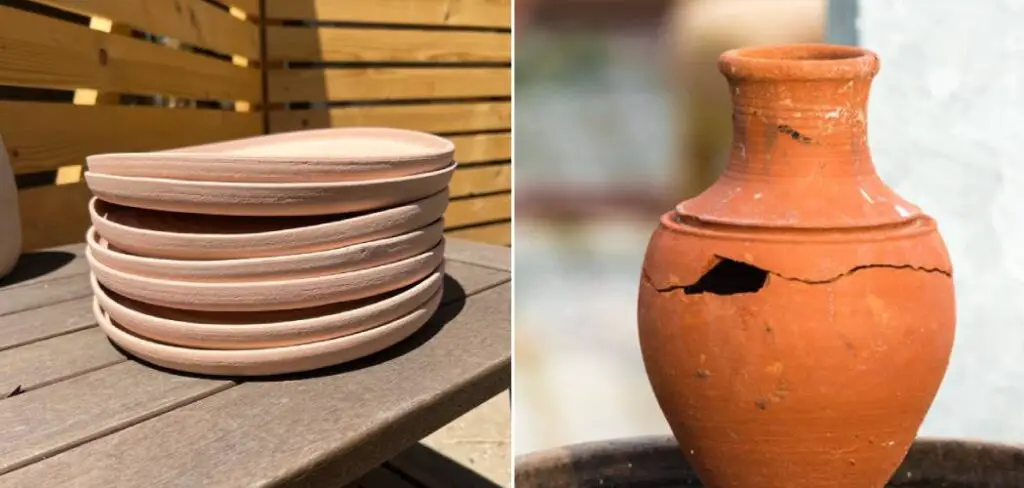
Whether you’re a novice potter or an experienced ceramic artist, mastering the techniques for minimizing the risk of cracks or warps ensures that your creations emerge from the kiln with structural integrity and aesthetic appeal. So, let’s embark on the journey of understanding and implementing key practices to safeguard your ceramic pieces, ensuring a successful and satisfying firing experience.
Table of Contents
Impact of Cracks and Warps on the Final Product
Cracks and warps can have a significant impact on the final product of any ceramic firing process. These defects not only affect the visual appearance of the finished piece but also its structural integrity. In some cases, they can even render the piece unusable.
One of the main reasons for preventing cracks and warps is to ensure that the fired piece meets the desired specifications and quality standards. This is especially important in functional ceramics, such as dinnerware or tiles, where cracks can compromise the usability of the piece.
Additionally, cracks and warps can also affect the firing process itself. They can lead to uneven heat distribution and may cause pieces to break or become misshapen, resulting in wasted time, resources, and materials.
Moreover, these defects can also have economic consequences. In a production setting, cracks and warps can lead to increased costs due to the need for re-firing or even discarding defective pieces altogether.
Furthermore, in the case of commissioned or custom-made pieces, cracks and warps can result in dissatisfied customers and damage to the reputation of the artist or manufacturer.
Overall, it is crucial to prevent cracks and warps during the firing process in order to achieve a high-quality final product, maintain efficiency and cost-effectiveness, and uphold the reputation of the ceramic industry. In the following sections, we will discuss some tips and techniques for preventing these defects.
10 Methods How to Prevent Crack or Warp during the Firing Process
1. Pre-Firing Preparation
One of the most important steps in preventing cracks and warping during the firing process is to properly prepare your pieces before they are fired. This includes making sure that all pieces are dry and free from any contaminants, such as dirt, dust, or oils. Additionally, it is important to make sure that all pieces are of uniform thickness and size so that they can be fired evenly.

2. Use a Kiln Furniture Set
Another way to prevent cracks and warping during the firing process is to use a kiln furniture set. These sets typically include shelves, posts, and other accessories that help to create an even heat distribution throughout the kiln chamber. This helps to ensure that all pieces are exposed to an even amount of heat which prevents cracking or warping due to uneven heating.
3. Avoid Rapid Temperature Changes
Rapid temperature changes can also cause cracking or warping during the firing process. To avoid this issue, it is important to slowly increase the temperature of the kiln over time rather than attempting to reach high temperatures quickly. Additionally, you should avoid sudden drops in temperature as this can also cause cracking or warping due to thermal shock.
4. Use Low Fire Clay Bodies
Using low fire clay bodies can also help to reduce the risk of cracking or warping during the firing process. Low fire clay bodies have lower melting points than mid or high fire clay bodies so they require less energy for them to reach their optimal temperature for firing without causing damage due to excessive heat exposure.
5. Insulate Your Kiln
Insulating your kiln can also help reduce the risk of cracking or warping during firing by helping maintain even temperatures throughout the kiln chamber and preventing rapid temperature changes caused by external factors such as drafts or cold air entering through open doors or windows near your kiln space.
6. Ventilate Your Firing Space
Ventilating your firing space can also help reduce cracking or warping due to excess moisture in the air from steam created by wet clay during the firing process, as well as reducing the buildup of toxic fumes from glazes and other materials used in ceramics work, which could be hazardous if inhaled in large amounts over long periods of time without proper ventilation.
7. Invest in a Quality Kiln Controller
Investing in a quality kiln controller can help ensure that your kiln reaches its desired temperature without exceeding it, which could lead to cracking or warping due to excessive heat exposure. Quality controllers will allow you precise control over temperatures within your kiln chamber so you don’t have to worry about accidentally overheating your pieces while trying to achieve desired results with your ceramics work.
8. Use Slower Firing Cycles
Using slower firing cycles will give you more control over how quickly your pieces reach their desired temperatures, which helps reduce risks associated with rapid heating/cooling cycles, which could lead to cracks forming due to thermal shock. It’s also important to keep an eye on how quickly temperatures rise/fall within your kiln chamber using either a thermometer, pyrometer, or quality controller so you don’t exceed safe levels for particular types of clays/glazes being used.
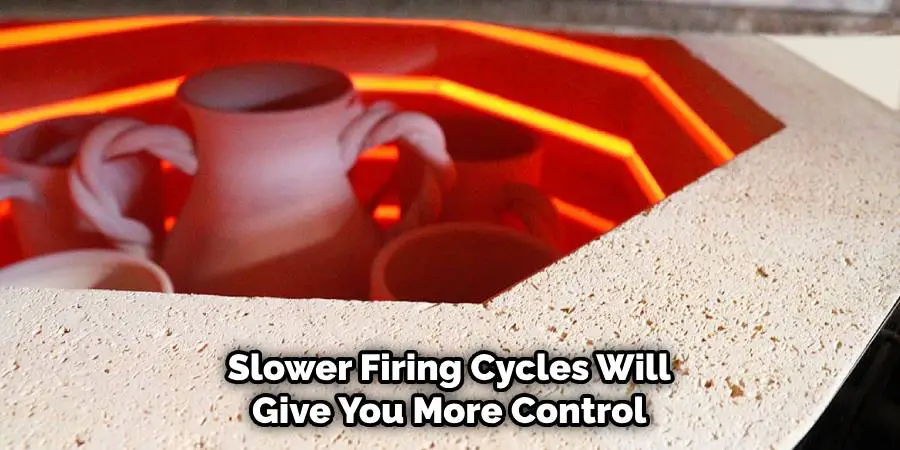
9. Allow Pieces Sufficient Time to Cool Down
It’s equally important to allow sufficient time for pieces to cool down after being removed from hot kilns before handling them. Otherwise, there are risks of breaking them due to sudden temperature changes when touched. Depending on the type of piece being cooled off, this may take anywhere from a few minutes to several hours depending on the size/thickness piece.
10. Monitor Humidity Levels During Firing Process
Finally, monitoring humidity levels within kilns during the firing process is another key step in preventing cracks/warps from occurring. High humidity levels inside can cause moisture to become trapped inside the body, leading to eventual breakage once fired at high temperatures. Keeping humidity levels low will help prevent this issue while allowing them to retain their shape once removed from kilns after firing has been completed successfully.
Things to Consider When Firing Clay
- Temperature: Proper firing temperature is crucial in preventing cracks or warping during the firing process. It is important to follow the recommended temperature range for the type of clay being used.
- Heating and Cooling Rate: The rate at which the kiln heats up and cools down can also affect the integrity of the clay. Sudden changes in temperature can cause the clay to crack or warp. It is best to follow a slow and steady heating and cooling rate.
- Airflow: Proper air circulation is essential in preventing uneven heating of the clay. Make sure that there is enough space between pieces in the kiln and that there are no obstructions blocking airflow.
- Drying: Ensuring that your clay pieces are completely dry before firing is crucial. Any remaining moisture can cause the clay to crack or warp during firing.
- Thickness: Thicker pieces of clay are more prone to cracking or warping compared to thinner pieces. When possible, try to keep your clay pieces at a consistent thickness.
Common Mistakes to Avoid During the Firing Process
Firing is arguably the most critical step in the ceramics-making process. It is during this stage that raw clay undergoes a series of physical and chemical changes to become a durable, functional piece of art. However, firing can also be one of the most challenging steps because many factors can affect its success. Here are some common mistakes to avoid during the firing process to ensure that your ceramics come out looking their best.
Inconsistent Temperature
One of the most common mistakes in firing is not maintaining a consistent temperature throughout the kiln. Fluctuations in temperature can cause cracking, warping, and other defects in your ceramics. To prevent this from happening, it is essential to have a reliable and accurate temperature monitoring system in place. This could include using pyrometric cones, which measure the heatwork and can help determine when the desired temperature has been reached.

Poor Kiln Loading
Another common mistake is poor kiln loading, which can lead to uneven heating and cooling of your ceramics. It is crucial to evenly distribute pieces throughout the kiln, leaving enough space between each piece for proper airflow. Avoid overcrowding the kiln, as this can also lead to temperature inconsistencies and cause pieces to touch or lean against each other, resulting in warping.
Improper Drying
It is crucial to let your ceramics dry completely before firing them. If moisture is trapped within the clay during firing, it can result in cracking or exploding of the piece. To avoid this, make sure your pieces are thoroughly dried before placing them in the kiln. This can take anywhere from a few days to a couple of weeks, depending on the size and thickness of the piece.
Conclusion
Therefore, to prevent cracking and warping during the firing process, it’s important to adjust the atmospheres in your kiln properly for each type of clay you are using. Additionally, you should take pre-emptive steps that will prevent mistakes. Be sure to keep track of temperature and timing by keeping records or use a digital controller with an alarm. Remember that for certain pieces, as they heat up rapidly in the first few minutes of firing, post-firing repair may not be enough.
To ensure that your work survives and is preserved after these long hours in the kiln, take these safety measures into account. Enacting preventive steps can help avoid disastrous results and provide confidence when opening the kiln door after hours of careful tending. Now that you possess this newfound knowledge on how to prevent crack or warp during the firing process go ahead and try it out!
